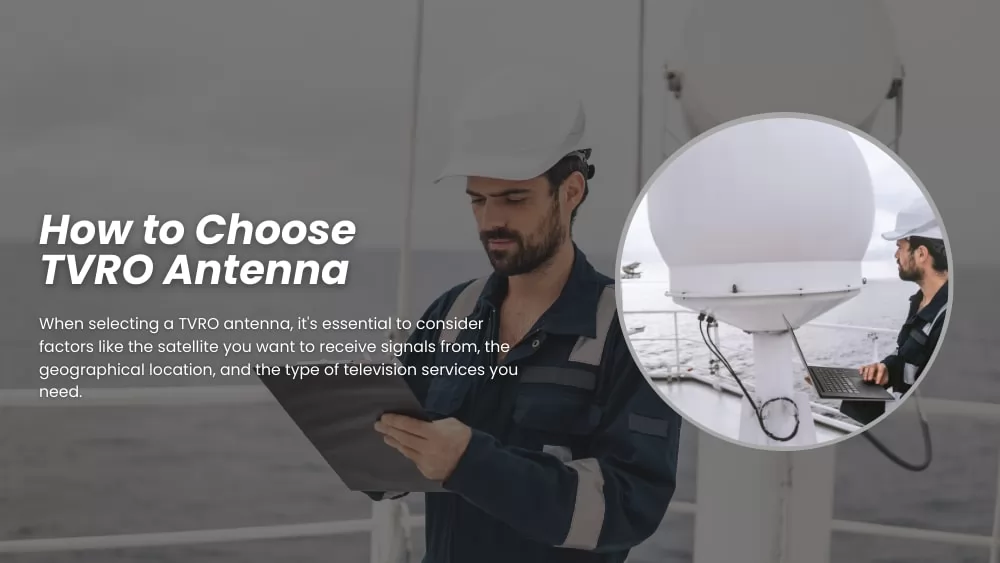
VSAT (Very Small Aperture Terminal) antenna is a specialized satellite communication system that enables two-way satellite communication between a user's location and a geostationary satellite. Here's everything you need to know about VSAT antennas:
1. Size and Design:
VSAT antennas are relatively small in size, typically ranging from 0.75 meters to 2.4 meters in diameter. They are characterized by their compact and flat-panel design.
2. Functionality:
VSAT antennas are used for two-way satellite communication, providing data transmission and reception capabilities. They are commonly used for various applications, including internet access, remote monitoring, and voice communication.
3. Components:
A typical VSAT system consists of several key components:
Antenna: The dish or flat-panel antenna that receives and transmits signals to and from the satellite.
Transceiver: The device that processes data and converts it to a format suitable for satellite communication.
Block Upconverter (BUC) and Low Noise Block (LNB): The BUC amplifies and upconverts outgoing signals, while the LNB amplifies and downconverts incoming signals.
Modem: The modem handles data encoding and decoding and ensures proper signal modulation for communication.
4. Usage Scenarios:
VSAT antennas are used in various scenarios, such as:
Remote and rural internet access in areas without terrestrial infrastructure.
Maritime communication for ships and vessels at sea.
Remote monitoring and telemetry for oil and gas facilities, weather stations, and environmental monitoring.
Telemedicine for remote healthcare consultations.
Military and defense applications for secure and reliable communication.
5. Geographic Coverage:
VSAT systems can provide global or regional coverage, depending on the satellite network they are connected to. This allows users in remote or underserved areas to access communication services.
6. Pointing Accuracy:
Proper installation and alignment are crucial for VSAT antennas. They require precise pointing toward the geostationary satellite for optimal performance.
7. Cost and Scalability:
The cost of a VSAT system can vary depending on factors like antenna size, equipment quality, and service provider. VSAT systems are scalable, allowing users to start with a small installation and expand it as needed.
8. Quality of Service (QoS):
VSAT networks offer different service levels to meet specific requirements. Users can choose service plans that match their data speed, reliability, and usage needs.
9. Satellite Constellations:
VSAT antennas can connect to different satellite constellations, including geostationary satellites and non-geostationary satellite systems (LEO, MEO). Different constellations offer various advantages in terms of latency and coverage.
10. Maintenance and Support:
Regular maintenance is essential to keep VSAT systems functioning correctly. Service providers often offer maintenance and support to address technical issues and ensure system reliability.
11. Security:
VSAT networks can incorporate encryption and security measures to protect data during transmission. This is crucial for applications where data privacy and security are paramount.
Conclusion
VSAT antennas play a critical role in bridging communication gaps in remote and underserved areas, providing reliable internet access, voice communication, and data connectivity. Their versatility, scalability, and global reach make them a valuable technology for various industries and applications.



